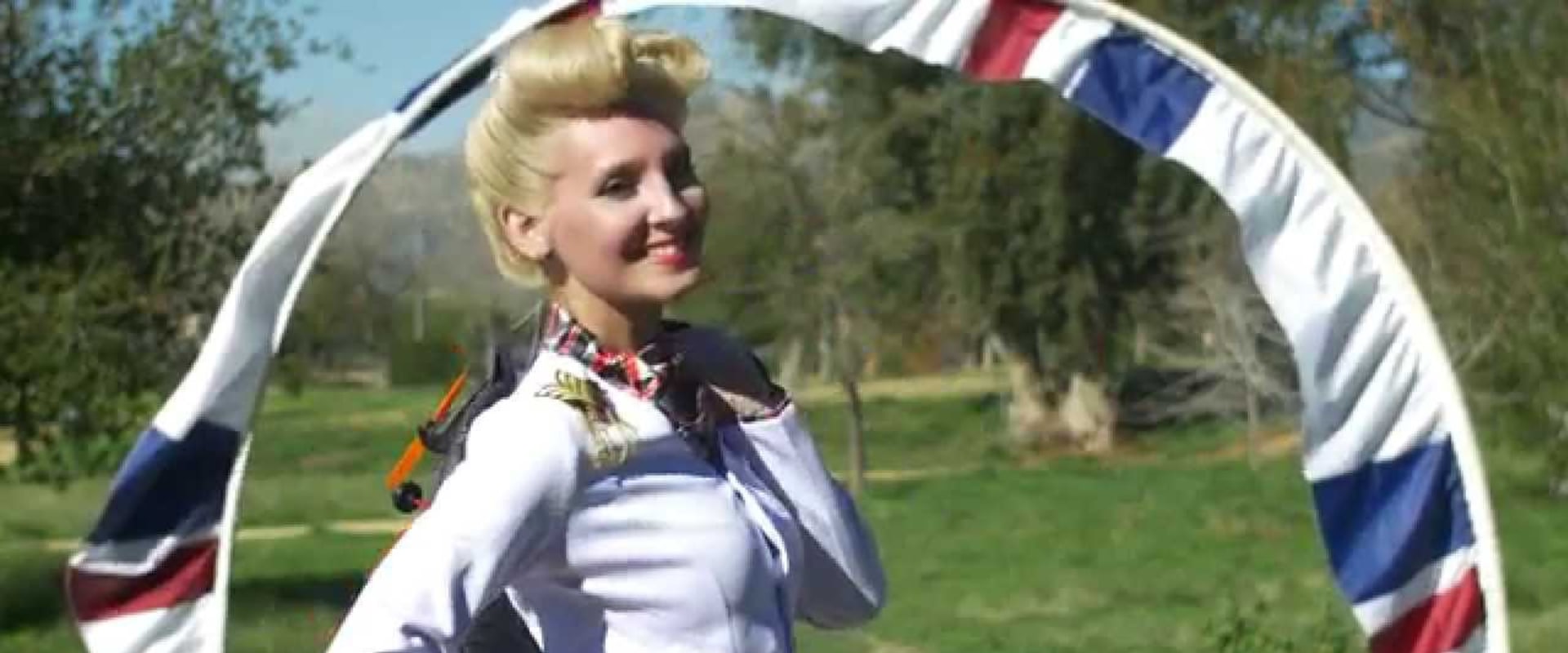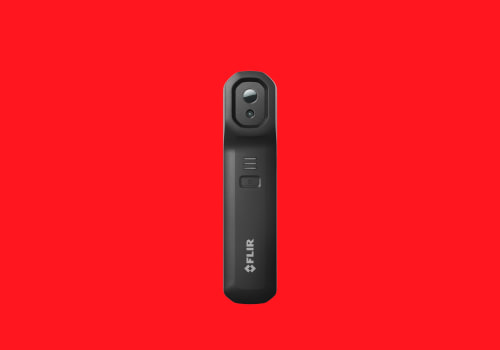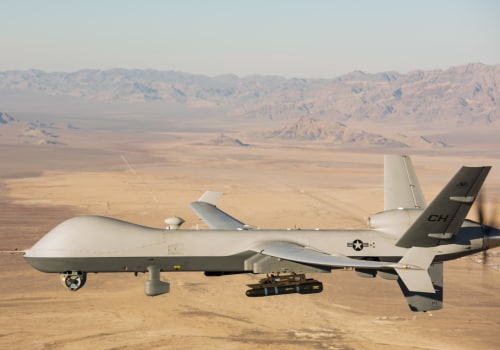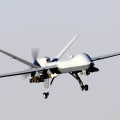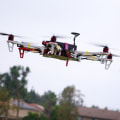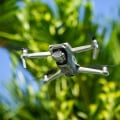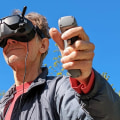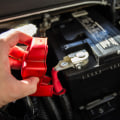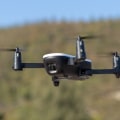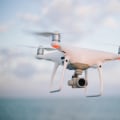Drones are becoming increasingly popular for racing and recreational purposes. But with this popularity comes the need for safety guidelines to ensure a safe and enjoyable experience for all involved. This article will provide an overview of the safety guidelines and regulations that must be followed when engaging in drone racing. It will cover topics such as proper equipment, rules of the track, and airspace regulations.
By following these guidelines, drone racers can ensure a safe and exciting race for all involved. The Federal Aviation Administration (FAA) has established a series of regulations to ensure the safety of drone pilots and spectators. These regulations include things like keeping the drone within line-of-sight at all times, not flying over people or near airports, staying below 400ft in altitude, avoiding restricted airspace areas, and registering any drones that weigh more than 0.55lbs. Additionally, it's important to check local laws as some cities or states may have additional regulations that must be followed. In addition to the regulations set by the FAA, there are also a few best practices that should be followed when participating in a drone race. First, make sure to inspect your drone before each flight to ensure that all components are in proper working order.
It's also important to familiarize yourself with the race course and any obstacles that may be present. Additionally, it's important to fly responsibly and respect the privacy of others by avoiding areas where people may be present or filming without permission. Finally, it's important to understand the risks associated with drone racing. Due to the high speeds and close proximity of other drones, collisions can occur which can cause serious damage to both the drone and people in the vicinity. Additionally, due to their small size, drones can be difficult to spot from a distance and may be hazardous to aircrafts or other airborne objects.
As such, it's important to be mindful of your surroundings at all times.
FAA Regulations
The Federal Aviation Administration (FAA) sets regulations for drone pilots in the United States. It is important to understand these regulations before participating in a drone race.Registration:
All drones weighing more than 0.55 pounds must be registered with the FAA. The registration fee is $5 and it must be renewed every three years.Airspace: Drone pilots must ensure that their drones remain within 400 feet of the ground, and fly away from airports, restricted airspace, and other areas where drones are not allowed.
Visual Line of Sight:
All pilots must keep their drone in their visual line of sight at all times. This means that a pilot must be able to see their drone with the naked eye, without the use of binoculars or other vision-enhancing devices.Speed Limit:
The FAA has set a speed limit of 87 knots (about 100 miles per hour) for all drones in the United States.Flying faster than this speed can result in fines or other legal consequences.
Nighttime Flying:
The FAA restricts nighttime flying for all drones. Nighttime flying is defined as any time between 30 minutes after sunset and 30 minutes before sunrise. Pilots should check local laws for additional restrictions.Risks
Risks associated with drone racing are numerous and should not be taken lightly.It is important to understand the potential dangers before participating in a race. The most common risks include crashing, property damage, personal injury, and possible legal repercussions. Crashing is one of the biggest risks when it comes to drone racing. This can result in the destruction of a drone and potentially cause damage to property or injure people if the drone crashes into something or someone.
Therefore, it is important to ensure that the area is clear of people and property before taking off. Damage to property is another risk to consider when engaging in drone racing. Even if a drone does not crash, it may still cause damage if it collides with buildings, vehicles, or other objects. Therefore, it is important to be aware of your surroundings and avoid flying in areas where there are people or property.
Personal injury is another risk associated with drone racing. Even with the proper precautions, there is still the potential for a drone to hit a person or object and cause serious injury. Therefore, it is important to always wear protective gear such as goggles and gloves. The last risk to consider when engaging in drone racing is potential legal repercussions. Depending on the laws and regulations in your area, you may be subject to fines or other penalties if you do not follow the proper safety protocols or fly in restricted areas.
Therefore, it is important to research local laws before participating in a race.
Best Practices
Best practices for drone pilots should be followed to ensure safety for all involved. Before participating in a drone race, pilots should be aware of the regulations and laws set by the Federal Aviation Administration (FAA) as well as local laws. They should also be familiar with the best practices for drone racing, such as piloting techniques, pre-flight checklists, and emergency protocols. Pilots should always fly within the FAA-mandated altitude limits and stay away from restricted airspace.It's important to stay aware of your surroundings and avoid flying over people or near airports, heliports, and other areas with high air traffic. Pilots should also be aware of any local regulations that may limit their flying area or require special permits. It's also important to follow safe piloting techniques while flying. Pilots should maintain a safe distance from other drones and always be aware of their surroundings. Pilots should also take their time while maneuvering the drone, as sudden movements can cause loss of control or a crash.
Additionally, pilots should avoid extreme weather conditions which could affect their drone's performance. Before taking off, pilots should do a thorough pre-flight check of the drone and its components to make sure it is in good condition. Pilots should also have an emergency protocol ready in case of an emergency. This should include turning off the drone in the event of a crash or malfunction, as well as knowing how to safely land it in an emergency situation. By following the necessary safety guidelines, rules, and best practices for drone racing, pilots can ensure that everyone is safe and have an enjoyable experience. Drone racing is a thrilling and rewarding sport, but safety must be a top priority for all participants. It's essential to understand the FAA regulations, local laws, and best practices for drone pilots before taking part in a race.
By following the guidelines outlined in this article, you can ensure a safe and enjoyable experience for everyone involved.
